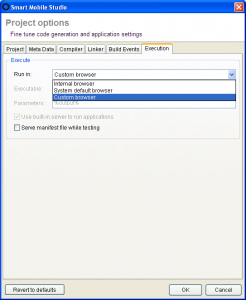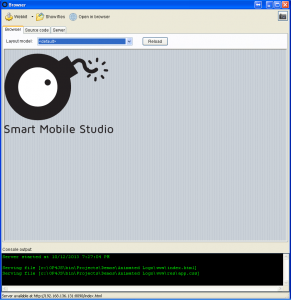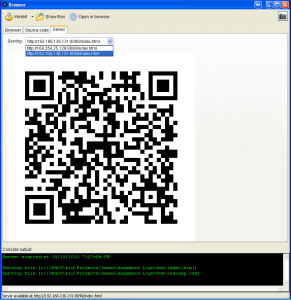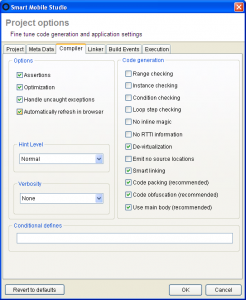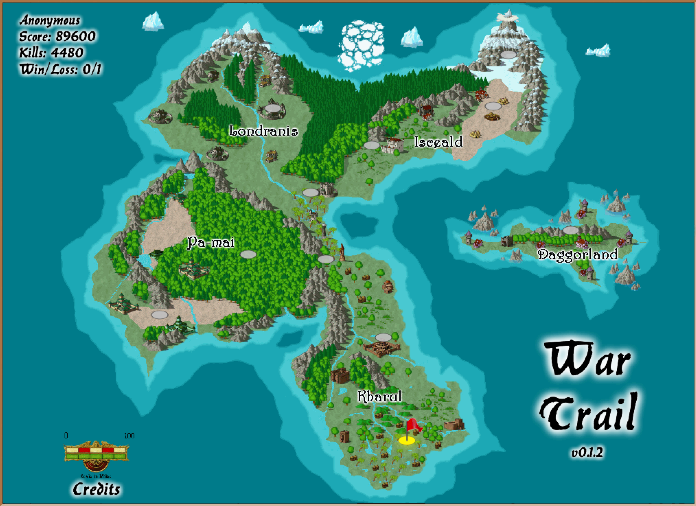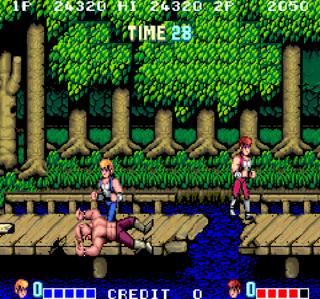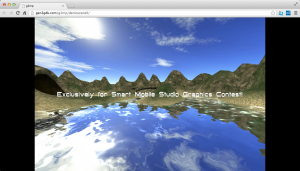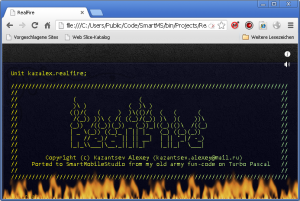Version 2.0 of Smart Mobile Studio will soon be ready for the release.
Over the last few days, we have distributed a private beta to some selected users, and now we would like to make this available for everyone.
We know you have been waiting for this – and so have we!
Download the installer and follow the instructions.
We hope you’ll be as excited about this release as we are 🙂
—
Sincerely,
The Smart Mobile Studio Team

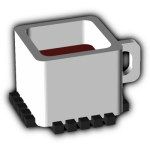
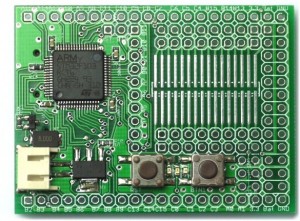
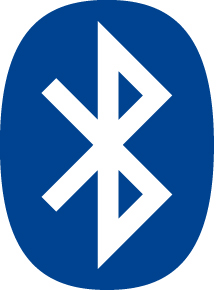 The code runs directly on the hardware and can be deployed either via USB or wirelessly via Bluetooth. Thus remote programming is possible. If you decide to make the code persistent (to survive a restart), just add a ‘save;’ (… to flash) to the end of your code.
The code runs directly on the hardware and can be deployed either via USB or wirelessly via Bluetooth. Thus remote programming is possible. If you decide to make the code persistent (to survive a restart), just add a ‘save;’ (… to flash) to the end of your code.